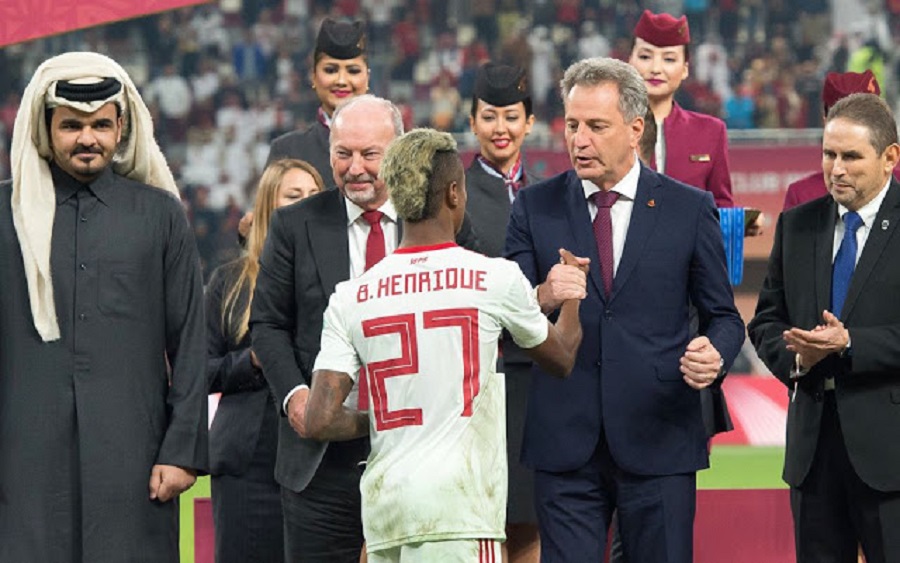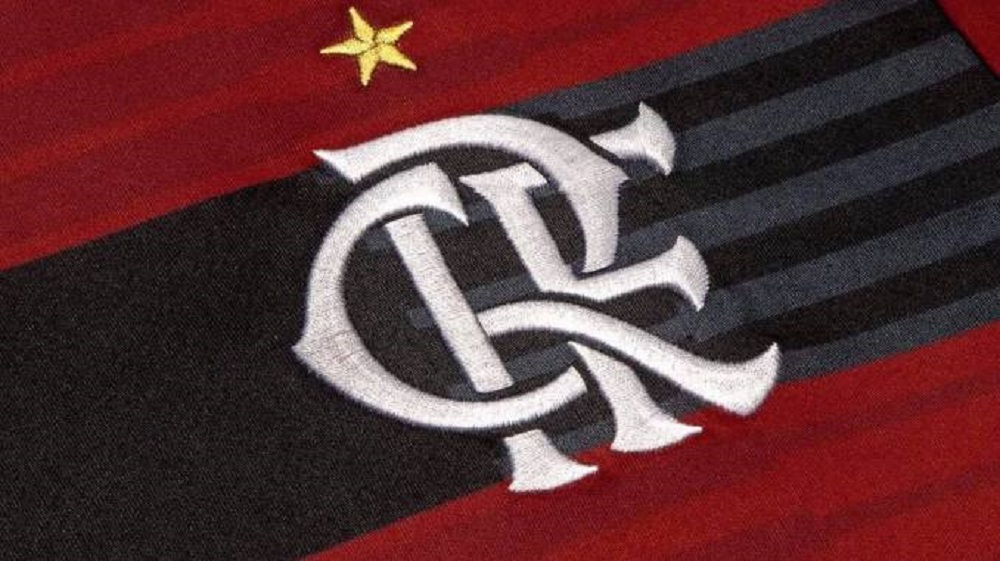RIO DE JANEIRO, BRAZIL – The trip to Qatar for the World Cup yielded Flamengo contacts and information about the world club association, founded in November to discuss the new 24-team World Cup with FIFA, which will be played as of 2021, but also a regular soccer league that would encompass all continents. The Brazilian team finished runners-up in Doha by losing on Saturday, December 21st to England’s Liverpool, 1-0.

Real Madrid’s president Florentino Perez, the association’s ideologue and leader, wants one or two Brazilian teams in the group within a short time and Flamengo is a strong candidate.
A game of political chess is planned to set up a calendar of club competitions that transcend national borders. Real Madrid, for instance, now sees a much more financially attractive world league than the Spanish League.
The club association was the kick-off and includes eight members, from the six FIFA member confederations: Spain’s Real Madrid and Italy’s AC Milan (Europe), Argentina’s River Plate and Boca Juniors (South America), Mexico’s America (North and Central America), Mazembe of the Democratic Republic of Congo (Africa), China’s Guangzhou Evergrande (Asia) and New Zealand’s Auckland City (Oceania).
But why are there two Argentine clubs and no Brazilian ones?
Argentine clubs currently carry more weight at FIFA than Brazilians, and everything goes through Rodolfo D’Onofrio, the president of River Plate.
He is one of the rare incumbent club presidents with a position in FIFA’s committee, which discusses technical issues about soccer championships.
The appointment made by the president of CONMEBOL (South American Football Confederation), Alejandro Dominguez, was a kind of acknowledgment for D’Onofrio, in 2016, for having helped to unravel the creation of an independent club league in South America.
On the FIFA committee, which meets at least four times a year, D’Onofrio approached Pedro Lopez Jimenez, vice president of Real Madrid. It was, therefore, no coincidence that Jimenez sought out D’Onofrio when Real Madrid decided that instead of fighting for a European club league it might be more commercially attractive to have a world league.
Boca Juniors entered this group after keeping in touch with Real Madrid’s prime movers in December 2018, when the Libertadores final between Boca and River, for security reasons, was held at the Santiago Bernabeu stadium, Real’s home in Madrid. For the Spanish club to have two South American powers at the foundation of the association was important.
The plan is to increase this group to 20 clubs by 2020. As the Financial Times reported, the CVC Capital Partners fund, which specializes in the acquisition of brands and companies, talked to Florentino Pérez about investing in a global club tournament.
This is where FIFA joined the talks because it also talks to CVC to get money for its 24-team, European and six South American Club World Cup, starting in 2021 – the first edition will be held in China.
According to FIFA’s president Gianni Infantino, the foundation of the world club association has come in handy because it could partially neutralize the actions of UEFA (European Football Union), which has been working for a few years to build its continental club league that would dispute commercial partners with FIFA’s similar initiatives.

It is logical that Brazilian clubs will soon appear in the association and the presence of Flamengo in Doha has reinforced this. There was also contact between the Rio club officers and Rodolfo D’Onofrio during the single-game winner-take-al Libertadores Cup final in Lima.
CONMEBOL, unlike FIFA, sees this move somewhat distant at the moment because it has a good relationship with UEFA and is trying to bring back to life the Intercontinental Cup, the clash between the champions of Europe and South America that was held until 2004, before the establishment of the World Cup in its current format with seven participants.
Today, however, the return of the Intercontinental is viewed with distrust by Europeans.

